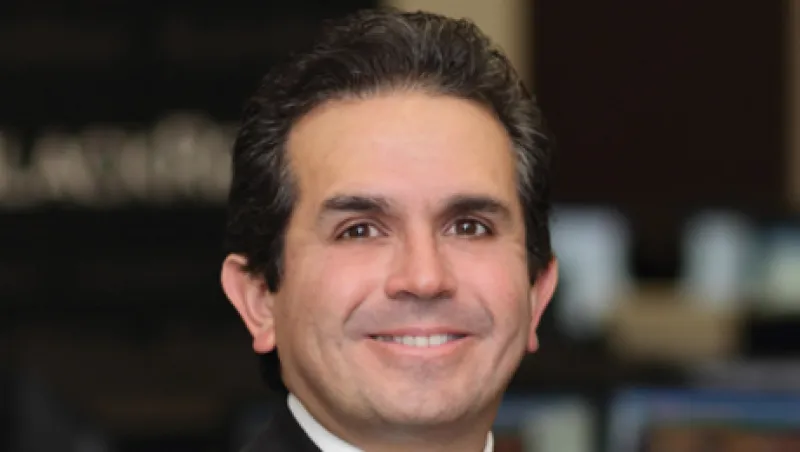
Investors Use Bond ETFs to Sidestep Broken Fixed-Income Markets
One reason for the surging popularity of fixed-income ETFs is that money managers, pension funds and other investors are using them to prepare for a flooded bond market when interest rates rise. Because ETFs are so easy to trade, they allow portfolio managers to react quickly to credit events.
Julie Segal
February 13, 2013



